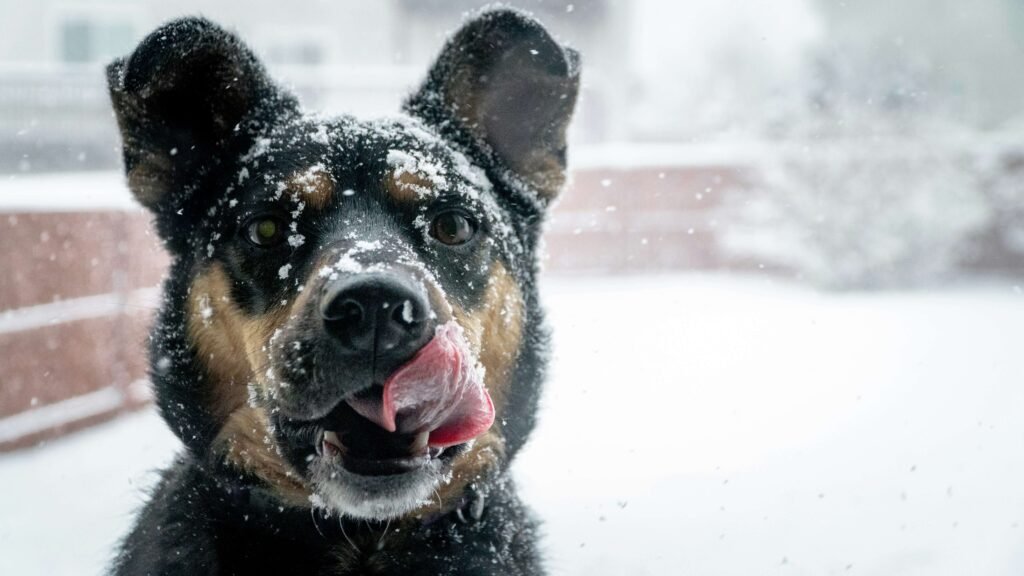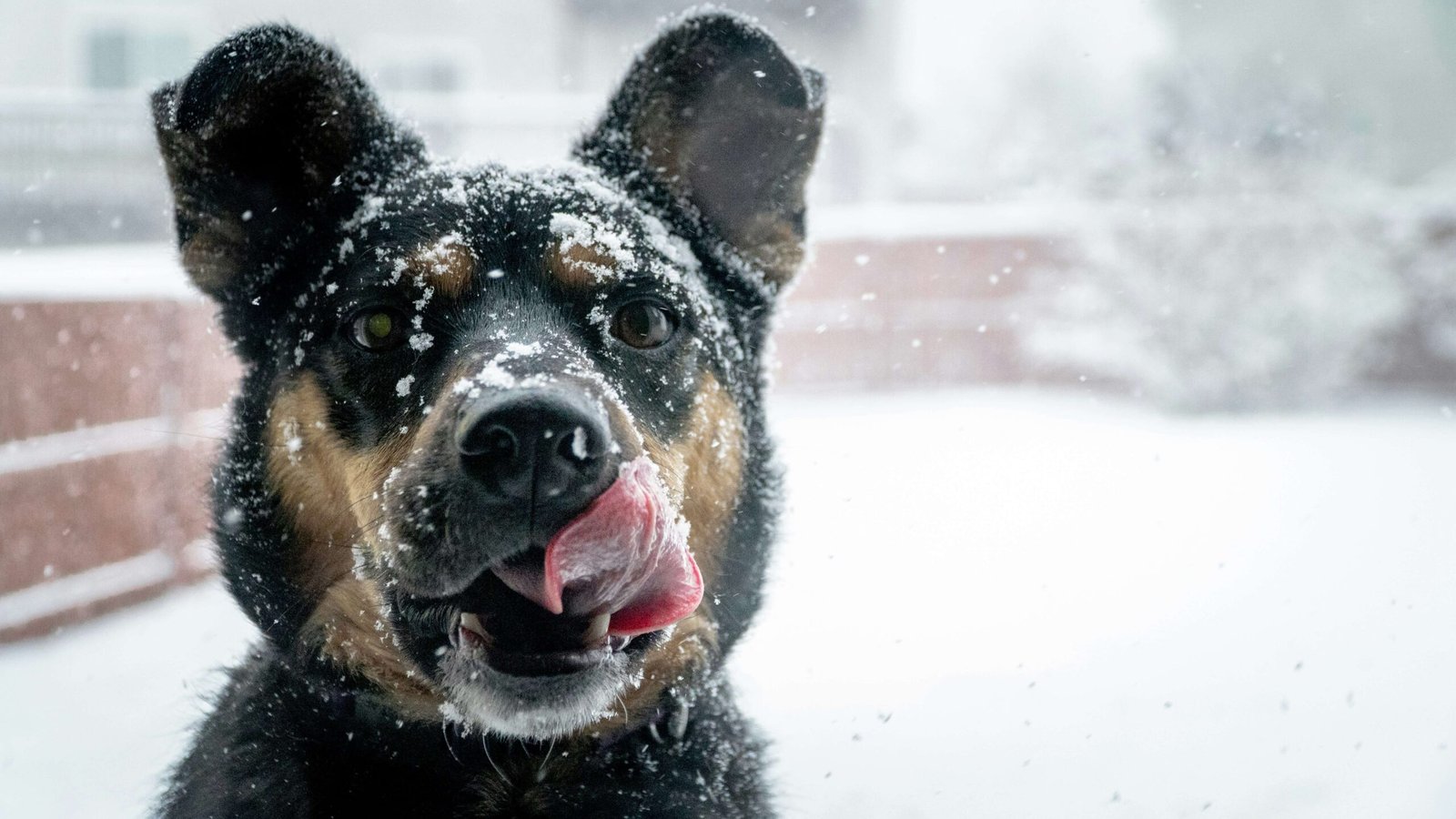Why Is My Dog Suddenly Afraid to Go Outside?
Dogs are naturally curious and adventurous creatures, but what happens when your furry friend suddenly becomes hesitant or outright fearful of stepping outside? This unexpected change in behavior can be confusing and concerning for pet owners. Whether your dog is a playful pup or a seasoned senior, fear of the outdoors can stem from various factors. Understanding the root cause is the first step toward helping your dog regain confidence. In this blog post, we’ll explore why this might be happening and how you can address it effectively.
Potential Triggers for Your Dog’s Fear
When your dog suddenly shows reluctance to go outside, it’s essential to consider recent changes in their environment or routine. Dogs are highly sensitive animals, and even subtle shifts can trigger anxiety. Below are some common factors that might contribute to your dog’s newfound fear:
Loud Noises: Thunderstorms, fireworks, or construction sounds can startle your dog and create a negative association with the outdoors.
Traumatic Experience: A scary encounter, such as being chased by another animal or slipping on ice, can leave a lasting impression.
Changes in Routine: Moving to a new home, altering walking schedules, or introducing new family members can disrupt your dog’s sense of security.
Health Issues: Pain or discomfort caused by an injury or illness may make your dog reluctant to move around.
Weather Conditions: Extreme heat, cold, or rain can make outdoor experiences unpleasant for your pet.
Understanding these potential triggers is crucial for identifying the specific cause of your dog’s fear. By addressing the root issue, you can help your dog feel safe and confident again.
Behavioral Signs to Watch For
Recognizing behavioral changes in your dog is key to understanding their emotional state. If your dog is suddenly afraid to go outside, they may exhibit certain signs that indicate stress or anxiety. Keep an eye out for the following behaviors:
Pacing or Restlessness: Your dog might move back and forth near the door without attempting to go outside.
Whining or Barking: Vocalizations often signal distress or discomfort about leaving the house.
Hiding or Cowering: Your dog may retreat to a safe space, such as under furniture, to avoid going out.
Refusal to Walk: Once outside, your dog might freeze, sit down, or resist moving forward.
Excessive Licking or Panting: These are physical signs of anxiety that accompany fear-related behaviors.
Observing these signs can provide valuable insights into your dog’s emotional well-being. Addressing these behaviors early can prevent them from escalating further.
Check this guide 👉Why Do Dogs Love to Cuddle? Best 7 Behavior Tips!
Check this guide 👉Why Doesnt My Dog Listen to Me? Best 7 Behavior Tips!
Check this guide 👉Why Does My Dog Pee on My Other Dog? Best 7 Behavior Tips!

Possible Causes of Fear | Ways to Help Your Dog |
|---|---|
Loud noises (e.g., fireworks) | Gradually desensitize your dog to sounds using calming music or white noise. |
Traumatic experience | Provide positive reinforcement and gentle encouragement during walks. |
Changes in routine | Maintain consistency in daily schedules to reduce stress. |
Health issues | Schedule a vet visit to rule out pain or illness. |
Weather conditions | Use protective gear like coats or booties for extreme weather. |
Tips to Rebuild Your Dog’s Confidence
Helping your dog overcome their fear requires patience and a proactive approach. Here are some practical strategies to rebuild their confidence and make outdoor experiences enjoyable again:
Start Small: Begin with short trips to familiar places where your dog feels comfortable.
Use Positive Reinforcement: Reward your dog with treats, praise, or toys whenever they show bravery.
Create a Safe Space: Allow your dog to retreat indoors if they feel overwhelmed during outdoor activities.
Introduce Calming Tools: Consider using anxiety wraps or pheromone diffusers to soothe your dog.
Practice Desensitization: Gradually expose your dog to the source of their fear in controlled, low-stress environments.
By implementing these tips consistently, you can help your dog associate the outdoors with positive experiences once again.
Preventive Measures to Avoid Future Anxiety
Prevention is always better than cure. Taking proactive steps can minimize the likelihood of your dog developing a fear of the outdoors. Here’s how you can safeguard your dog’s mental health:
Socialize Early: Expose puppies to different environments, people, and animals to build resilience.
Monitor Weather Conditions: Avoid taking your dog out during extreme weather unless necessary.
Maintain Regular Vet Checkups: Stay ahead of potential health issues that could affect mobility or comfort.
Stick to a Routine: Dogs thrive on predictability, so keep their daily schedule consistent.
Provide Mental Stimulation: Engage your dog with puzzles, toys, and training exercises to reduce overall stress levels.
Taking these preventive measures ensures your dog remains happy, healthy, and eager to explore the world around them.
Understanding Your Dog’s Emotional State
Dogs communicate their emotions through body language and behavior. Recognizing these cues can help you better understand why your dog might be afraid to go outside. Here are some common signs of emotional distress in dogs:
Tail Position: A tucked tail often indicates fear or submission.
Ears Back: Flattened ears signal discomfort or anxiety.
Wide Eyes: Dilated pupils or a fixed stare may suggest heightened alertness or fear.
Trembling: Shaking or shivering is a clear sign of nervousness.
Excessive Yawning: While yawning can be normal, frequent yawning in stressful situations indicates unease.
By paying attention to these subtle signals, you can gain insight into your dog’s emotional state and respond appropriately to their needs.
Creating a Positive Outdoor Experience
Transforming your dog’s perception of the outdoors starts with making every outing enjoyable and stress-free. Here are some ways to create positive associations with outdoor activities:
Bring High-Value Treats: Use treats your dog loves to reward them for stepping outside or exploring new areas.
Incorporate Playtime: Bring along a favorite toy to engage your dog in fun activities during walks.
Go at Their Pace: Allow your dog to set the speed and direction of the walk to build confidence.
Choose Quiet Locations: Opt for less crowded or noisy areas to reduce overwhelming stimuli.
End on a High Note: Conclude the outing with something your dog enjoys, like a game or extra cuddles.
Small changes like these can turn outdoor adventures into positive experiences that your dog looks forward to.
Building Trust Through Consistency
Consistency is key when helping your dog overcome their fear of the outdoors. Establishing predictable routines and responses helps your dog feel secure. Consider these tips for building trust:
Set Regular Walk Times: Stick to a consistent schedule so your dog knows what to expect.
Use the Same Commands: Reinforce specific phrases like “Let’s go” or “Good job” to create familiarity.
Stay Calm Yourself: Dogs pick up on their owner’s emotions, so remain relaxed and confident.
Avoid Punishment: Never scold or punish your dog for being fearful, as this can damage trust.
Celebrate Small Wins: Acknowledge and reward even minor progress to encourage continued improvement.
By maintaining consistency and patience, you’ll foster a strong bond with your dog and help them regain their confidence over time.
Frequently Asked Questions
Why does my dog suddenly refuse to go outside?
Sudden refusal to go outside can result from loud noises, traumatic experiences, health issues, or changes in routine. Identifying the cause is essential for addressing the problem effectively.
How can I tell if my dog is scared?
Look for signs like pacing, whining, hiding, refusal to walk, or excessive licking and panting. These behaviors often indicate fear or anxiety.
Should I force my dog to go outside if they’re afraid?
No, forcing your dog can worsen their fear. Instead, use gradual exposure and positive reinforcement to encourage them.
Can weather affect my dog’s willingness to go outside?
Yes, extreme temperatures, rain, or snow can make outdoor experiences unpleasant. Providing protective gear can help alleviate discomfort.
When should I consult a vet about my dog’s fear?
Consult a vet if your dog’s fear persists despite interventions, or if you suspect an underlying health issue contributing to their behavior.
Helping Your Dog Overcome Their Fear
Dealing with a dog who is suddenly afraid to go outside can be challenging, but it’s not insurmountable. By identifying potential triggers, observing behavioral signs, and implementing supportive strategies, you can guide your dog toward overcoming their fear. Remember, patience and consistency are key. With time and effort, your dog will learn to enjoy outdoor adventures once again. After all, a confident and happy dog makes for a joyful companion—and isn’t that what every pet owner desires?
Is Royal Canin Good Cat Food? Best 7 Expert Tips! Learn the truth about this brand & get vet-approved advice on feeding, ingredients, and tailored formulas.
Dwarf Cat Lifespan: Best 7 Expert Tips! Discover how to ensure a long, healthy, and happy life for your short-legged feline companion.
Blue Buffalo Cat Food: Best 7 Expert Tips! Discover how to choose the right formula, feeding strategies, and nutritional benefits for your feline friend.
Canned Pumpkin for Cat Diarrhea: Best 7 Expert Tips! Natural remedy to firm stools, soothe upset bellies, and support gut health safely.





